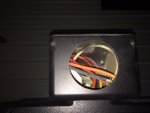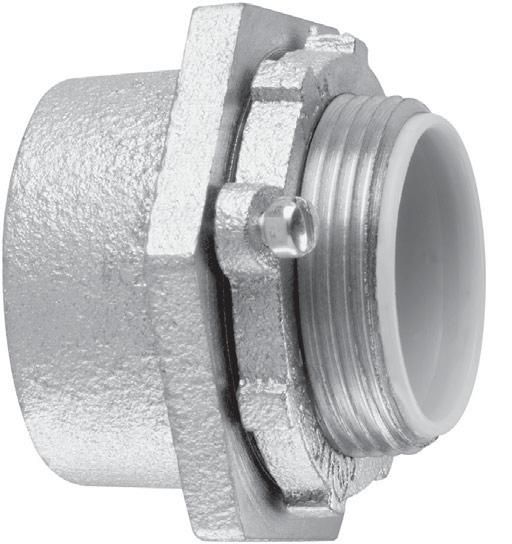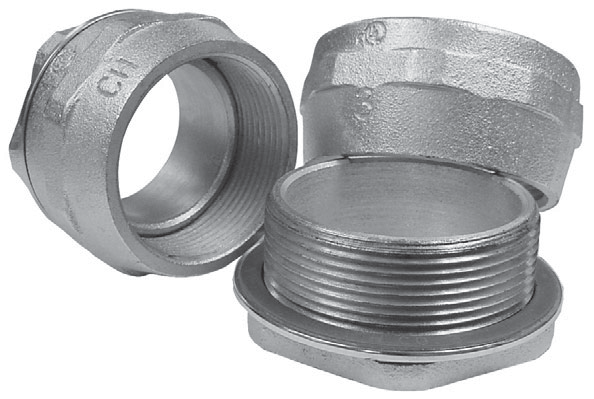riverjig87
Member
- Location
- Minot, North Dakota, USA
HI. I have found multiple posts regarding this issue but no clear answers.
I have a larger motor with a motor termination box (peckerhead) that has a 3" opening that is not threaded. I have seen in the past where reducing washers have been used. However, any experienced electrician knows reducing washers are a pain in the butt and come loose. As a matter of fact, that is how I have found the reducing washer method is from servicing motors in the field.
In the picture, you can see that there is minimal space from the opening to the wall of the peckerhead. I want to use a myers hub but fear the spacing to the wall will not allow the lock ring to seat correctly.
What other options are there? They obviously intended for some kind of field connection.
I want to make sure I follow the NEC and use a listed and approved method. I am going to try a myers hub with reducing bushings.
I appreciate any help on this.
I have a larger motor with a motor termination box (peckerhead) that has a 3" opening that is not threaded. I have seen in the past where reducing washers have been used. However, any experienced electrician knows reducing washers are a pain in the butt and come loose. As a matter of fact, that is how I have found the reducing washer method is from servicing motors in the field.
In the picture, you can see that there is minimal space from the opening to the wall of the peckerhead. I want to use a myers hub but fear the spacing to the wall will not allow the lock ring to seat correctly.
What other options are there? They obviously intended for some kind of field connection.
I want to make sure I follow the NEC and use a listed and approved method. I am going to try a myers hub with reducing bushings.
I appreciate any help on this.





